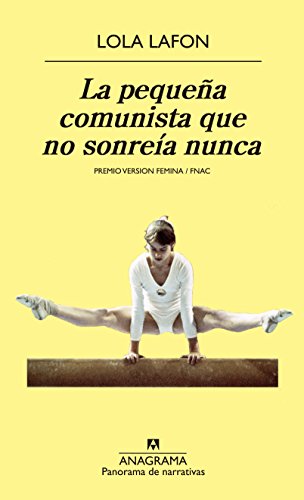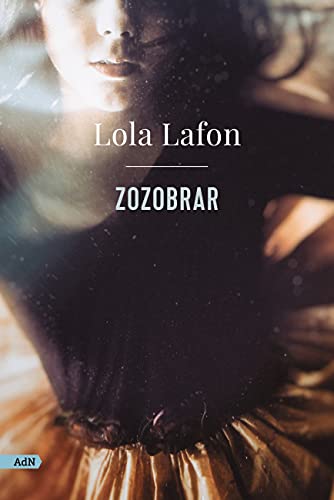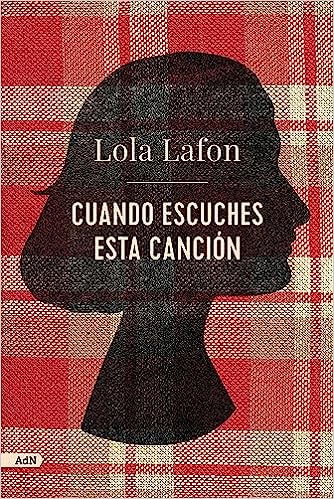Halfway between reality and fiction but always with unquestionable awareness-raising interest. An intention to chronicle according to its female characters, brought from reality itself or from its particular imaginary. Lola Lafon is a narrator who makes the description of each character a kind of depersonalized introspection. Something like a narrative exercise that brings us closer to the protagonists of it as if they presented part of us between doubts and illusions, fears and guilt.
Detailed feminism that traces a historical evolution from not so remote times in which women still had their burdens and their daily hells, from the most personal spheres to the professional ones. With that commitment we enjoy a intimacy that evokes realities towards the necessary feminist revolution understood as one of the most neglected human rights in history.
Nothing better for all this than the experience and the testimony that remains. Only that to narrate it in a convincing way one herself has to commit to telling the whole truth of each character, without lukewarmness or half measures. Just what Lola Lafon does.
Top 3 recommended novels by Lola Lafon
The little communist who never smiled
Certain popular characters arouse fascination in the rest of the world. In the case of the protagonist of this testimonial story, the issue is to decipher her silences. Not by the reader but by an author who dares to decipher the inner universe beyond the brilliance of the girl who was a star.
July 18, 1976, Montreal Olympic Games. Nadia Comaneci, a very young and unknown gymnast from a remote country, Romania, performs her exercise on the uneven bars. A perfect exercise. The fourteen-year-old girl leaves everyone stunned and blows up the electronic scoreboard, which did not foresee the possibility of a human being achieving perfection.
Nadia obtains the first ten in gymnastics in Olympic history. From that epiphanic moment, the story of little Nadia is that of an adorable creature who conquers the hearts of the entire world: the "Montreal fairy". But also that of a girl who in a short time becomes a woman and is therefore subjected to an implacable trial: "the magic has vanished", a headline of the time says.
And that of a teenager who lives under the communist regime of Ceaucescu, elevated to the category of national hero. And that of a girl subjected to the surveillance of the Securitate and the siege of Nicu, the sinister son of the dictator. Or that of a woman who, one month before the revolution that will overthrow and execute the Conducator, stars in a movie escape across the Hungarian border and arrives in the United States as a political refugee to discover that the American dream is not exactly a fairytale.
Capsize
1984. Thirteen-year-old Cléo, who leads a modest existence with her parents in the suburbs of Paris, is one fine day offered a scholarship, granted by a mysterious Foundation, to achieve her dream: to become a modern jazz dancer. But what she falls into is a trap, a sex trade, in which she gets caught up and to which she leads other schoolgirls.
2019. A file of photos appears on the Internet, the police are looking for witnesses among those who were victims of the Foundation. Now a professional dancer, Cléo realizes that a past that hasn't just happened has come back to look for her and that it's time to face up to the double burden of her victim and her culprit.
Zozobrar goes through the various stages of Cléo's destiny through the eyes of those who knew her, while her character diffracts and recomposes herself non-stop, in the image and likeness of our mutant identities and the mysteries that govern them.
Lola Lafon, reviewing the abuses from the point of view of the social and racial fracture, offers here a burning reflection on the blind alleys of forgiveness while paying homage to the world of popular variety shows, where smiles spread hired and false eyelashes are de rigueur: eroticism and bodily suffering, stage magic and pain behind the scenes.https://amzn.to/443DomI
when you hear this song
Emblem erected from the most painful loss. A newspaper that triggers all the contrasts between what the world should be, awakening youth, and the abominable sensation of a stolen life. That strange black on white time from the trembling hand of a girl, marked in her hours as that of the human being taken to the pogrom.
«On August 18, 2021, I spent the night at the Anne Frank Museum, in the Annex. Anne Frank, whom people know even if they don't know much about her. How to qualify the famous diary of hers, which all schoolchildren have read and no adult really remembers? Is it a testimony, a testament, a literary work? That of a girl who will not be able to do more than go up and down some stairs, less than forty square meters to cover for seven hundred and sixty days.
That night seemed to me like a retreat, a silence. I imagined that propitious night to welcome the absence of Anne Frank. I made a mistake. The night is inhabited, it is illuminated by reflections; in the heart of the Annex, there was still an urgency that must be given.



